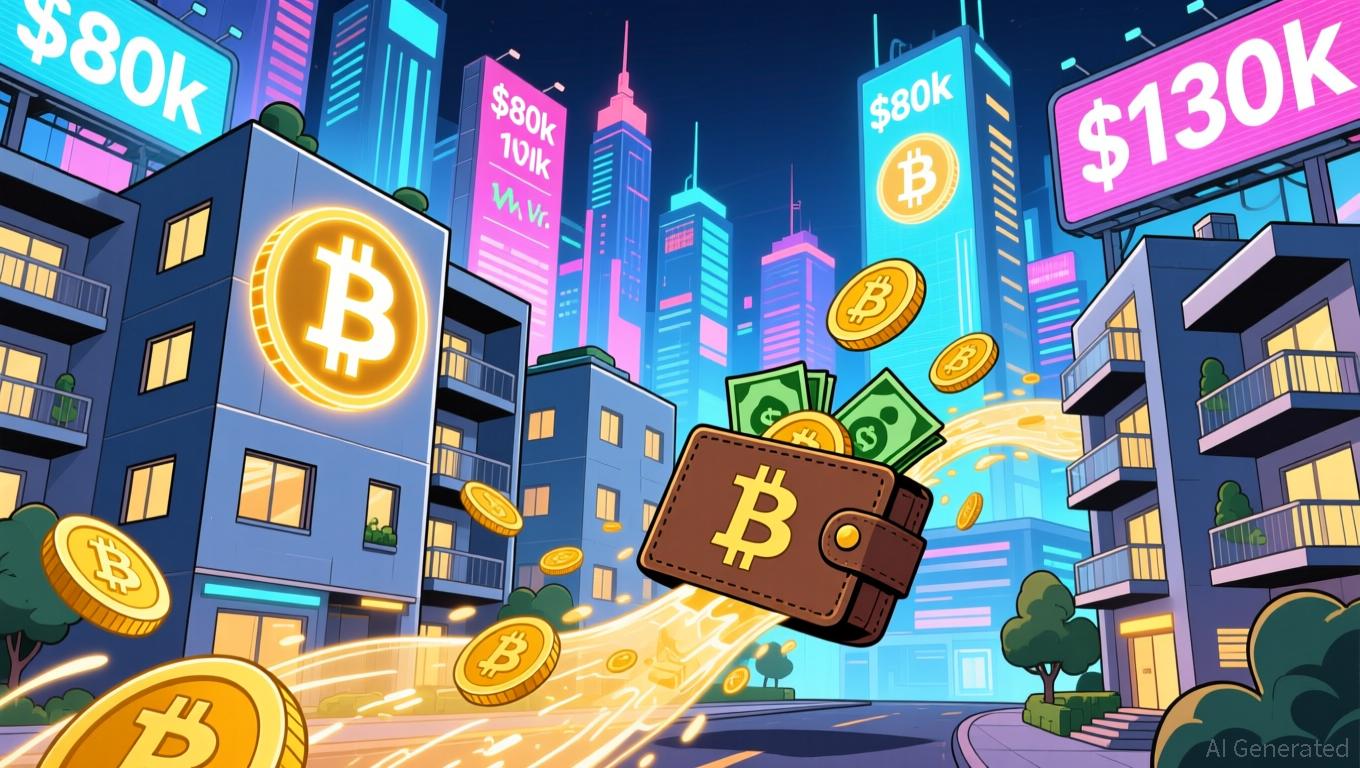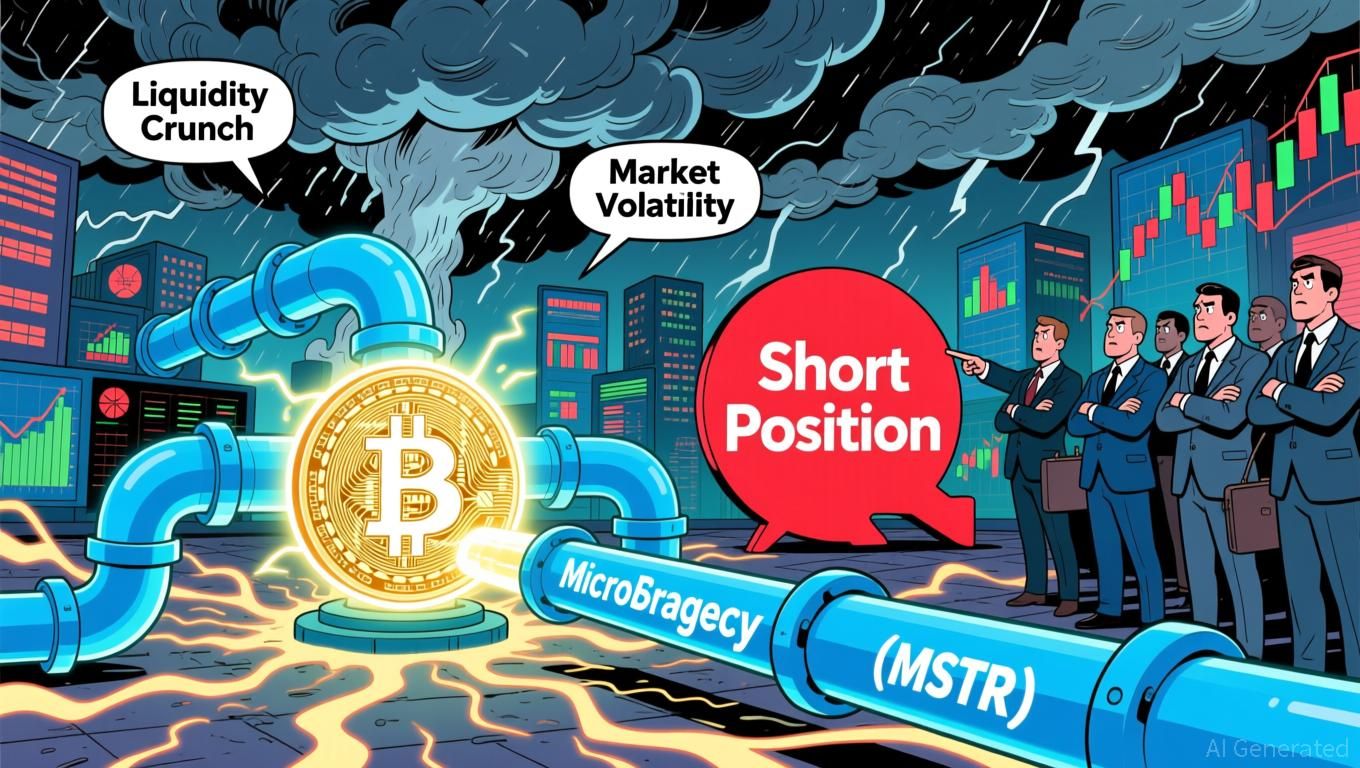Fed Faces Dilemma Balancing Inflation Management and Job Market Stability Ahead of December Decision
- The Fed faces divided views on December rate cuts amid 39.6% odds of a 25-basis-point reduction versus 60.4% no-change probability. - Officials weigh inflation (3% vs 2% target) against resilient labor market (119,000 September jobs), complicating dual mandate balancing. - Bitcoin volatility ($81,629) and equity market jitters reflect uncertainty, with leveraged crypto positions facing margin pressures. - Corporate debt issuance for AI infrastructure and delayed economic reports heighten borrowing cost r
The Federal Reserve's upcoming December rate decision has captured the attention of financial markets, with both traders and analysts split on whether the central bank will lower interest rates amid mixed economic signals. As of November 21,
The Fed's dual goals—keeping inflation in check and supporting maximum employment—have made the decision process more complex. Although inflation has cooled to 3% from a nearly five-year high, it is still above the 2% target,

The uncertainty around Fed policy has also affected corporate strategies. Large tech firms such as Amazon are raising capital to invest in AI infrastructure, while
With the Federal Open Market Committee scheduled to convene on December 9-10, investors are closely watching to see if the Fed will focus on inflation threats or prioritize employment stability. The delay in releasing key economic data, such as October's jobs report, has further clouded the outlook,
Disclaimer: The content of this article solely reflects the author's opinion and does not represent the platform in any capacity. This article is not intended to serve as a reference for making investment decisions.
You may also like
Bitcoin Updates: Hybrid Investment Strategies Drive Surge in Bitcoin Purchases Amid Ongoing Market Slump
- Cardone Capital buys 185 BTC for $15. 3M at $82,500/coin, expanding its real estate-crypto hybrid portfolio amid crypto market weakness. - Bitcoin falls below $90K for first time in seven months as U.S. ETFs lose $3.79B in November outflows, with BlackRock's IBIT accounting for 63%. - Grant Cardone's hybrid model contrasts with pure-play crypto treasuries, using real estate cash flow to fund Bitcoin accumulation and claiming $125M in year-one EBITDA. - Market fears a prolonged bear market as Bitcoin drop

Bitcoin Updates Today: The Future of Bitcoin in 2026 Hinges on Federal Reserve's Actions on Inflation
- Bitcoin's 2026 recovery depends on Fed inflation policy linked to CPI, PPI, and PCE metrics. - Persistent CPI/PCE inflation above 2% delays rate cuts, increasing Bitcoin's opportunity cost as non-yielding asset. - PPI input cost trends influence manufacturing pricing, prolonging inflation risks for Bitcoin's bearish environment. - PCE's alignment with consumer behavior shifts could accelerate Fed rate cuts, boosting Bitcoin's appeal as monetary easing hedge. - Housing/energy inflation volatility and Fed

Bitcoin Updates: MSTR Takes on Crypto Hedging Burden, Revealing Weaknesses in the Market

Bitcoin ATM Firm Weighing $100 Million Sale Following Money Laundering Charges